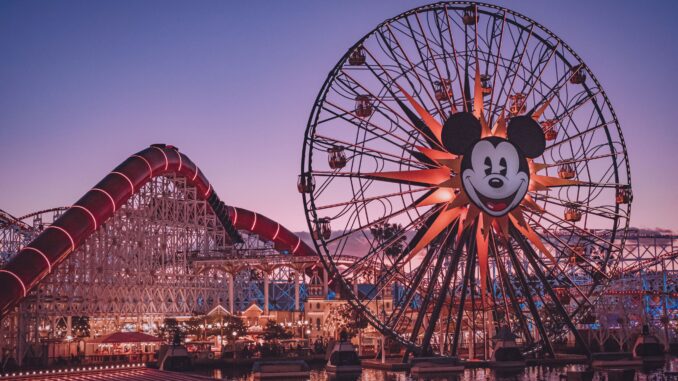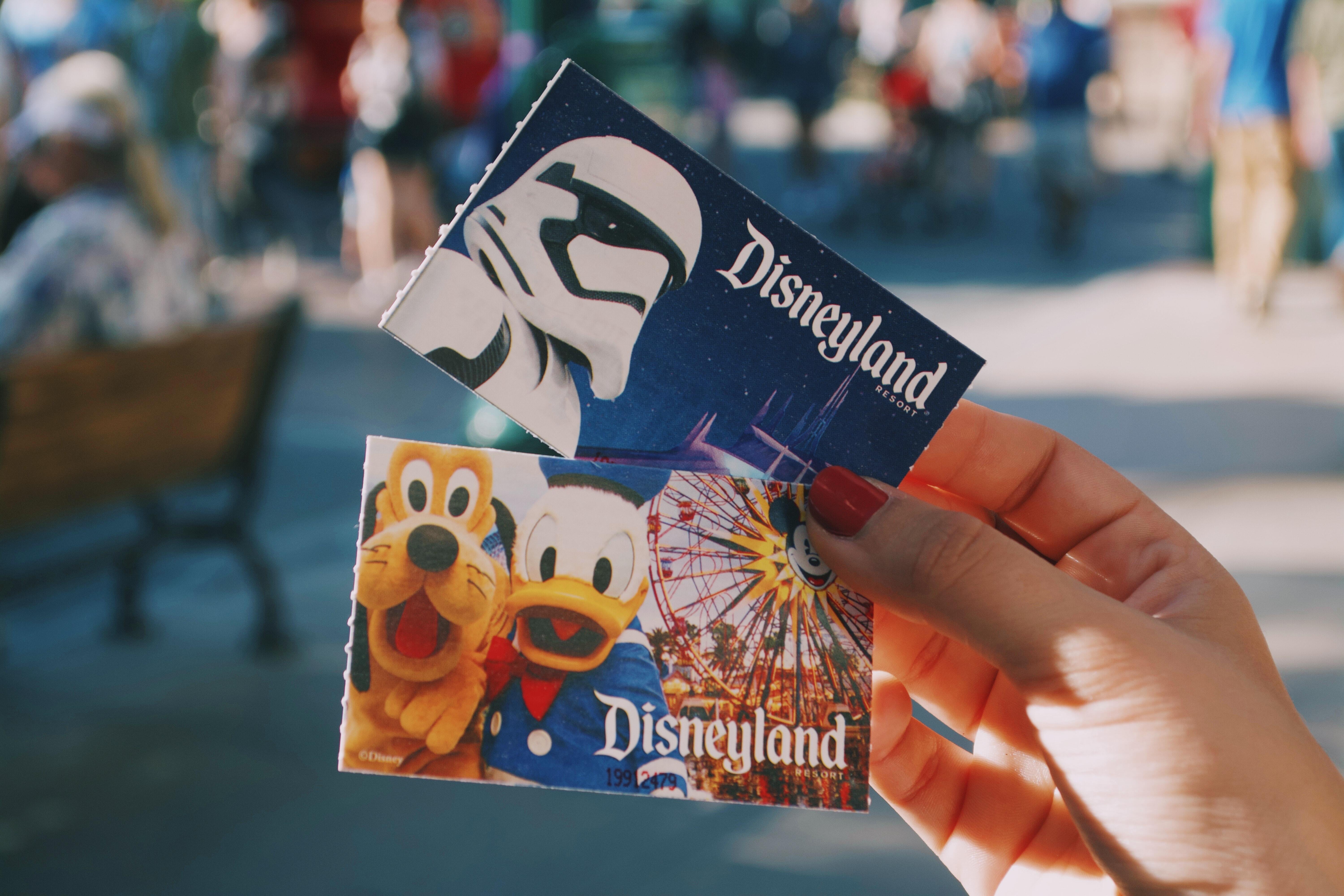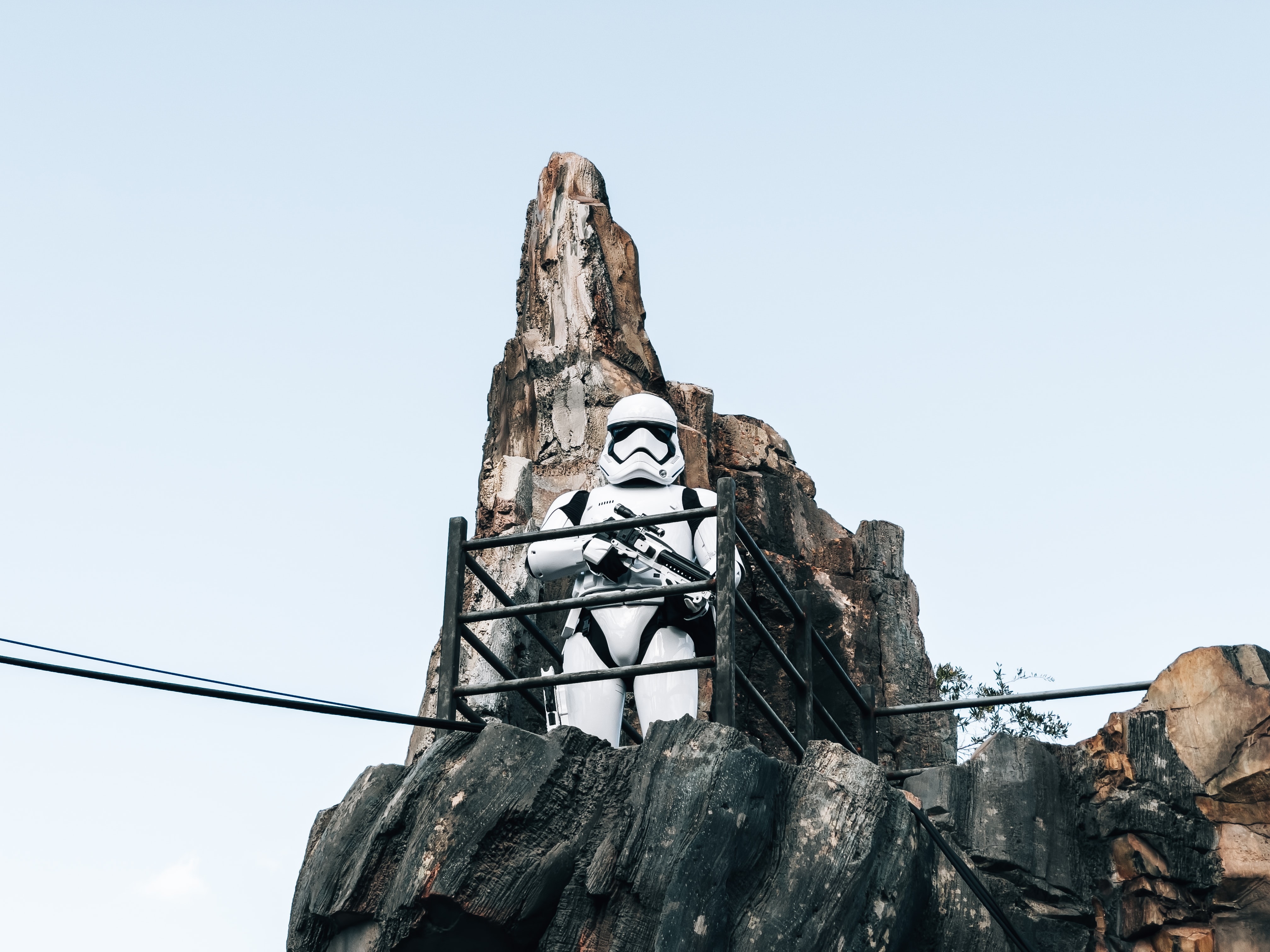
By Mike Errecart, owner and CEO of TablesReady - 6.16.2022
Here are some things I noticed Disney doing that you could use in the context of your restaurant operations.
FastPass/Genie+ is just a Reservation
This may not sound like anything related to managing your waitlist, but offering reservations is one of the first things you should consider.
This is exactly what Disney is doing when you book a FastPass/Genie+ ride for a certain time window. You’re getting in a virtual line where you get to the front at the appointed time.
Your guests don’t realize they’re in line because they can be doing whatever they want while they wait for the experience they booked with you. This is exactly the way it should be.
You end up with exactly the number of diners you can handle at a given time and very few people are disappointed or hanging around impatiently.
You probably even have a +/- 15 minute “grace period” for your reservations; this is the same thing as the FastPass/Genie+ window!
Start the Experience While Guests are Still Waiting
When we waited in line for 90 minutes for Star Wars: Rise of the Resistance, the last sections of the line felt like the ride had already begun.
I’m not even talking about how it feels like you’re winding through a Resistance Base as you go. This is cool and all, but it’s very clear you’re still in a line.
But after that, you get shepherded into a room with a few dozen of your closest friends to watch and listen as various characters set up the mission story. Then you are moved into some kind of space transport where there’s another video experience as you get captured by the First Order.
Next, you’re moved out into the First Order ship, you go past Storm Troopers and a really impressive vista of the ship’s docking bay. You end up in another short line before you and the other prisoners go into yet another holding area and then cell room before finally getting freed by the Resistance and getting on the ride.
The ride itself is about 6 minutes, give or take, but the experience from the first room to the last was probably about 20 minutes. It was cool, but it was also definitely just an extension of the line for the ride.
So, how can you make waiting guests feel like they aren’t waiting if you don’t have tons of extra space like Disney?
Letting people wait at the bar is the obvious choice, but let’s try to come up with a few less-obvious ideas:
- Add a coat check. Make as big a thing of taking someone’s coat as you can. It will only last a couple minutes, but people won’t realize they’re already waiting for their table.
- Add some content to their waitlist confirmation SMS. Send a link to your menu and let people start thinking about what they’ll want to enjoy. (Better yet, this should also reduce their turn time once they’re actually seated because they already know what they want.) You could also send a link to your Instagram for them to take a look at the night’s specials. (You are posting stuff like that to your Insta, right?)
- Hosts can get pretty frazzled on busy nights, but they are the front line of your experience. Even if you can’t do anything about your wait, you still want to create as magical an experience as you can. Having hosts that are patient, empathetic, and helpful is essential. This is as important to feeling good about your wait as being distracted from it.
- Make it easy for waiting guests to order a drink. Your bar seats will get full but it should still be easy for guests to get drinks. (I sure could’ve used one during the Star Wars ride wait!) Reserve a space for this so nobody has to lean across seated guests or fight to get the bartender’s attention.
Set Accurate Expectations
Disney does a good job displaying the expected waits for any given attraction. The estimated wait times let people make up their own minds about whether the wait is worth it.
You should do the same. Use your waitlist system’s estimated wait time predictors to provide the best possible wait estimate (a feature we have here at TablesReady). Don’t intentionally over- or under-estimate your wait. Both will cause people to make the wrong “is the wait worth it” decisions, leading to either lost business or frustrated patrons.
Disney interweaves its lines through all kinds of physical spaces to make sure it’s hard for you to see just how long a line is. Seeing everyone in front of you isn’t great, psychologically, even if you know your expected wait time and are OK with it. So, keep it to the predicted wait and not the line itself.
Optimize Your Turns
This may not feel like part of your wait, but doing what you can to keep things moving at your tables helps keep your waits short.
Disney is nice about it, but they are very good about getting guests out of the ride and getting the new ones in with as little downtime as possible.
Let’s nerd out a little and walk through an example: if the Matterhorn ride takes 2 minutes, and it takes a minute to unload a ride and another minute to load, the total service time is 4 minutes.
If each bobsled can seat 6 people, the “throughput” of the ride is 6 people per 4 minutes.
If the line is 121 people long, the last person in line will have to wait for 120 / 6 = 20 bobsleds to go before s/he can go. At 4 minutes each, that’s 80 minutes!
Fortunately, Disney reduces the effective ride time by putting 4 coasters on 2 tracks at a time, so the ride time is cut by 4. There’s a new bobsled going every minute, so 20 sleds only take 20 minutes.
But Disney gets even more out of it: during peak periods, they’ll speed up some rides just a tad, and they make sure people get on and off the ride as fast as possible. If they can get the people out of the sled in 30 seconds, load the sled in 45 seconds, and speed up the ride to 1:45, they reduce the total service time to 3 minutes. Each improvement wasn’t huge, but it adds up.
With their faster load time, a new sled is ready to go every 45 seconds. It now only takes 15 minutes to clear a line of 120 people.
By optimizing this time, they went from serving 360 guests per hour up to 480 guests per hour. Over a 16 hour day, that’s a staggering 1,920 additional guests that they were able to serve – an increase of 33%!
The same principles apply to your restaurant. Your tables are bobsleds, your guests are riders, and small decreases in the amount of time they spend at the table and the amount of time between parties at the table can have a huge impact on the number of tables you can turn, on average, over time — and how long people have to wait for a table, too!
So don’t let dirty dishes sit — get the table ready for the next party immediately. Have bussers and servers pre-clear dirty dishes so there’s less to do when the table turns. Make this one of the top priorities.
Make sure your servers are trained to check in with guests frequently to get each stage of the meal progressing (but without being pushy or rushed). And if you do have a party that wants to linger, at least try to profit off it by constantly getting drink orders!
Let People Wait on their Terms
These aren’t things I specifically saw at Disney, but they’re still worth reiterating.
You probably already know that it’s a lot better to let people make their own choices during their wait than chain them to a small radius by handing them a dirty pager or requiring them to be in earshot. Texting them when their table is ready is a great way to let people roam free so they can make the most of their wait.
- Partner with a nearby, non-competitive store and give people a coupon to shop there. Not only could you get a small fee for each purchase made using the coupon, but you also distract your guests with an enjoyable activity while making them feel like they’re getting a special deal.
- Is it raining? Consider offering loaner umbrellas so people can still walk around. This should make it more likely that people will come back for their table since they already have to return the umbrella. (Don’t keep doing this if you “lose” all your umbrellas, though!)
Creating the best possible guest experience isn’t rocket science. A few tweaks to your front of house and an emphasis on friendliness and efficiency with your staff, and you can implement 90% of the magic of Disney in your own establishment.
 Mike Errecart is the owner and CEO of TablesReady, a leading waitlist, reservations, and queue management solution that helps restaurants optimize their front of house and customer flow capabilities. He is a seasoned high tech/e-commerce/CPG leader with experience in general management (P&L ownership), software development management, product management, data science, business analytics, marketing, and strategy.
Mike Errecart is the owner and CEO of TablesReady, a leading waitlist, reservations, and queue management solution that helps restaurants optimize their front of house and customer flow capabilities. He is a seasoned high tech/e-commerce/CPG leader with experience in general management (P&L ownership), software development management, product management, data science, business analytics, marketing, and strategy.
Are you an industry thought leader with a point of view on restaurant technology that you would like to share with our readers? If so, we invite you to review our editorial guidelines and submit your article for publishing consideration.

